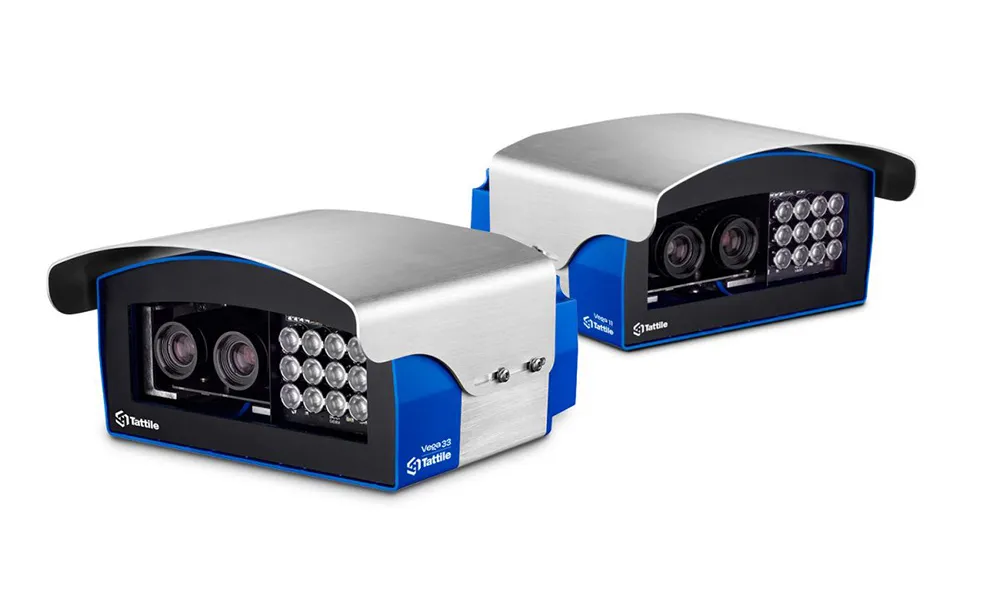Machine vision specialist Teledyne Dalsa has extended its Genie Nano series of affordable, easy-to-use GigE Vision cameras with new colour monochrome and NIR models featuring ON Semiconductor’s 2 and 5 megapixel Python image sensors for fast, high resolution vision across a wide range of applications.
Featuring a small size and wide temperature range, the six new models, the M1930, C1930, M1930-NIR, M2590, C2590, and M2590-NIR are built around On-Semiconductor’s Python 2000 and 5000 monochrome and colou
February 18, 2016
Read time: 1 min

Machine vision specialist 593 Teledyne Dalsa has extended its Genie Nano series of affordable, easy-to-use GigE Vision cameras with new colour monochrome and NIR models featuring ON Semiconductor’s 2 and 5 megapixel Python image sensors for fast, high resolution vision across a wide range of applications.
Featuring a small size and wide temperature range, the six new models, the M1930, C1930, M1930-NIR, M2590, C2590, and M2590-NIR are built around On-Semiconductor’s Python 2000 and 5000 monochrome and colour sensors respectively.
Designed for industrial imaging applications with Teledyne Dalsa’s patent-pending TurboDrive technology, these latest Genies are claimed to be capable of breakthrough data transfer at two or even three times the standard GigE Vision rates. The Genie Nano series also takes full advantage of the Sapera LT software development kit (SDK) and trigger-to-image-reliability framework for full system-level monitoring, control, and diagnostics from image capture through transfer to host memory.
Featuring a small size and wide temperature range, the six new models, the M1930, C1930, M1930-NIR, M2590, C2590, and M2590-NIR are built around On-Semiconductor’s Python 2000 and 5000 monochrome and colour sensors respectively.
Designed for industrial imaging applications with Teledyne Dalsa’s patent-pending TurboDrive technology, these latest Genies are claimed to be capable of breakthrough data transfer at two or even three times the standard GigE Vision rates. The Genie Nano series also takes full advantage of the Sapera LT software development kit (SDK) and trigger-to-image-reliability framework for full system-level monitoring, control, and diagnostics from image capture through transfer to host memory.









